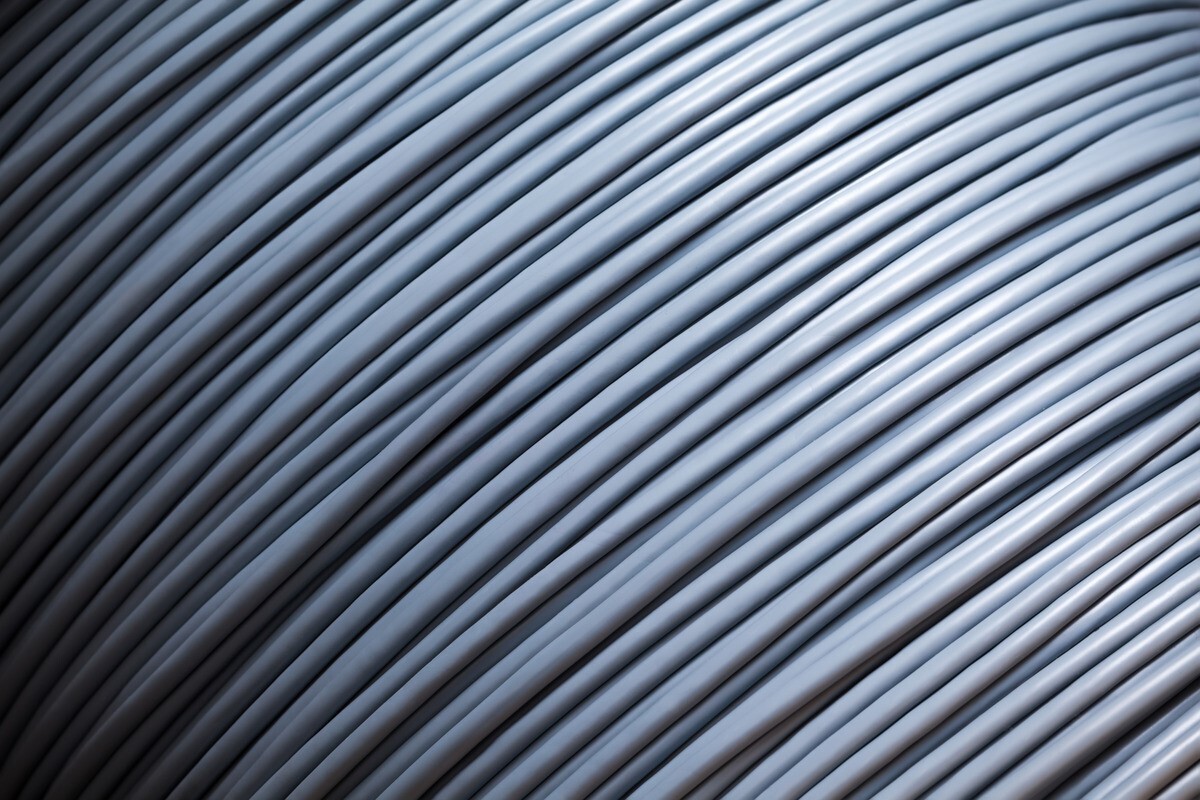

On May 30, 2025, customs data showed that China's aluminium wire and cable exports reached 21,300 tonnes in April 2025, down 5.3 per cent MoM and up 8.43 per cent YoY. From January to April, cumulative exports totalled 82,800 tonnes, a 16.08 per cent increase from 71,400 tonnes in the same period of 2024 (HS codes: 76141000, 76149000).

Image for representational purposes only
In terms of product structure, exports of steel-core aluminium stranded wire reached 15,500 tonnes, accounting for 72.7 per cent, with exports maintaining an upward trend, reflecting the continued resilience of overseas power grid renovation demand. In contrast, exports of aluminium stranded wire were 5,800 tonnes, accounting for only 27.3 per cent, indicating slightly weaker performance in export orders related to new energy infrastructure and other sectors.
Export destinations: In terms of export destinations, Mexico ranked first for the second consecutive month with exports of 2,628.738 tonnes, accounting for 12.3 per cent, with a M-o-M increase of 326.75 tonnes. Portugal's exports were 1,619.463 tonnes, accounting for 7.6 per cent, with a M-o-M increase of 60.383 tonnes. Iraq's exports were 1,352.531 tonnes, accounting for 6.3 per cent, with a MoM increase of 993.635 tonnes.
From the perspective of export registration locations, Jiangsu Province ranked first with exports of 11,395.0 tonnes, accounting for 53.3 per cent of total exports, and a M-o-M increase of 2,475.2 tonnes, demonstrating strong growth momentum, thanks to its well-established industry chain, advanced production technologies, and mature foreign trade system. Henan Province's exports were 3,098.9 tonnes, accounting for 14.5 per cent, but with a M-o-M decrease of 1,657.9 tonnes. Beijing's exports were 1,364.8 tonnes, accounting for 6.4 per cent, with a M-o-M increase of 570.5 tonnes.
From an international market perspective, the advancement of infrastructure and energy projects in some countries has driven the growth in demand for aluminium wire and cable. For example, power grid renovations and PV project constructions in some Southeast Asian countries have increased demand for aluminium wire and cable, which is one of the reasons why countries like the Philippines have become important export destinations.
Meanwhile, as the global economy gradually recovers and the industrialisation and urbanisation processes accelerate in some emerging economies, the demand for infrastructure such as power transmission has stimulated the import of aluminium wire and cable.
In terms of trade policies, although there are no significant large-scale favourable policies, factors such as the Sino-US tariff window period, despite the lack of direct business ties between China's cable exports and the US, the resilience of re-export trade methods or supply chain demand still exists. Therefore, taking advantage of the tariff easing, the export of end-use products has been promoted, driving an increase in domestic aluminium wire and cable exports, which is also one of the reasons for exports fluctuating at highs.
It is expected that in the short term, China's aluminium wire and cable exports may fluctuate. On one hand, there is uncertainty in international market demand; on the other hand, factors such as domestic raw material prices will also have an impact. However, in the long term, with the continuous advancement of global infrastructure construction and the development of the new energy industry, there is still room for growth in China's aluminium wire and cable exports.
Note: This article has been issued by SMM and has been published by AL Circle with its original information without any modifications or edits to the core subject/data.
Responses








